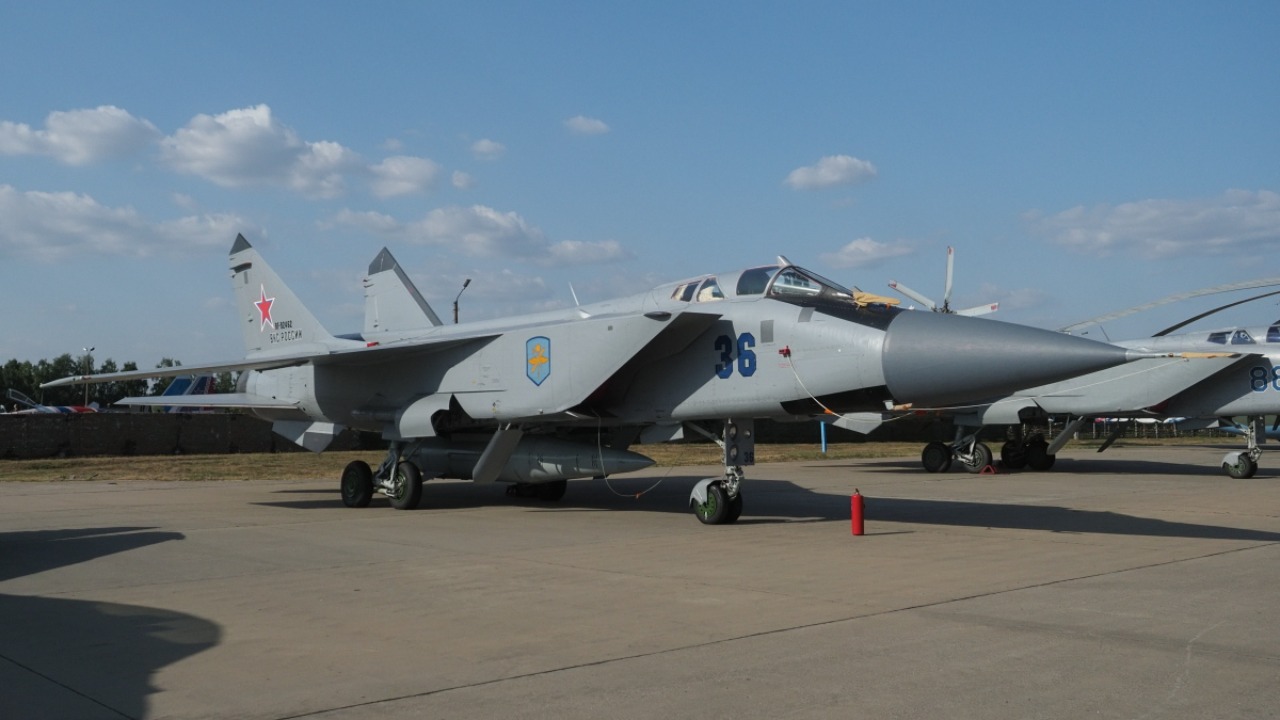
On a fateful day in September 1976, Soviet pilot Lieutenant Viktor Belenko made a daring move that would alter the course of military aviation history. Disillusioned with the Soviet regime, Belenko defected, piloting a MiG-25RB interceptor from Vladivostok to Hakodate Airport in Japan. This unprecedented act allowed Western experts to dissect the aircraft, revealing critical weaknesses in its avionics and radar systems. The shockwaves of this event reverberated through the Soviet leadership, accelerating the development of a more advanced successor—the MiG-31.
The Belenko Defection: A Turning Point
Lieutenant Viktor Belenko, a member of the Soviet Air Force’s 513th Fighter Regiment, embarked on a flight path that would change his life and the course of military aviation. Citing political disillusionment, Belenko defected, flying his MiG-25RB interceptor from Vladivostok to Hakodate Airport in Japan. The international response was swift and significant, with the U.S. Air Force transporting the aircraft to Edwards Air Force Base for examination.
The geopolitical fallout from Belenko’s defection was considerable. Soviet-Japanese relations were strained, and the disassembled aircraft was eventually returned to the Soviet Union after repairs. However, the damage had been done: the West had gained invaluable insight into the MiG-25’s capabilities and weaknesses.
Exposing the MiG-25’s Design Flaws
The MiG-25’s design was heavily focused on speed, with a steel-heavy airframe and liquid-cooled engines. However, this emphasis on speed came at the expense of maneuverability. The aircraft was found to be vulnerable to Western missiles during the analysis, exposing a significant flaw in its design.
Another critical weakness was the RP-25 Smerch radar. It lacked look-down/shoot-down capability, making it ineffective against low-flying targets. The defection and subsequent analysis debunked myths about the MiG-25’s invincibility, revealing it as an outdated high-altitude interceptor by mid-1970s standards.
Soviet Intelligence and Panic
The KGB initially attempted to cover up the defection, claiming that Belenko was mentally unstable. However, they were eventually forced to acknowledge the loss of the aircraft. The Mikoyan design bureau engineers conducted an internal review of the leaked technical data, identifying areas for improvement in the MiG-25’s successor.
The development of the successor was fast-tracked, with the Soviet Union feeling the pressure to respond to the exposure of the MiG-25’s weaknesses. This urgency led to the evolution of the MiG-25 platform into the MiG-31 within months of the 1976 incident.
From MiG-25 to MiG-31: Key Design Evolutions
The MiG-31 incorporated several significant improvements over its predecessor. One of the most notable was the adoption of a new Zaslon radar system, capable of tracking 10 targets and engaging 4 simultaneously. This addressed one of the major shortcomings of the MiG-25’s radar system.
Aerodynamic improvements were also made, including the introduction of variable-geometry wings and enhanced thrust from D-30F6 engines, boosting the aircraft’s speed to Mach 2.83. The crew configuration was also changed, shifting from a single-seat to a tandem two-seat cockpit for better mission coordination.
Development Challenges and Testing
The development of the MiG-31 was not without its challenges. The first prototype, the Ye-155MP, flew on September 16, 1975, but modifications following Belenko’s defection delayed full production until 1981. Testing was conducted at the Gromov Flight Research Institute, with a particular focus on cold-weather performance in Siberia to ensure reliability in Arctic operations.
There were also integration issues with the R-33 missiles, which were designed for beyond-visual-range engagements to outpace NATO bombers. These challenges were eventually overcome, paving the way for the MiG-31’s operational deployment.
Operational Deployment and Legacy
The MiG-31 entered Soviet service in 1981 with the 174th Guards Fighter Aviation Regiment at Severomorsk-2. It played a crucial role in patrolling Russia’s northern borders, including intercepts of U.S. SR-71 Blackbirds and modern NATO reconnaissance flights.
The MiG-31’s enduring service is a testament to its design and capabilities. It stands in contrast to later Soviet fighters like the MiG-29, which addressed different tactical needs but built on the lessons learned from the MiG-31 upgrades. The legacy of the MiG-31, and the historical event that spurred its development, continues to influence modern military aviation.
More from MorningOverview